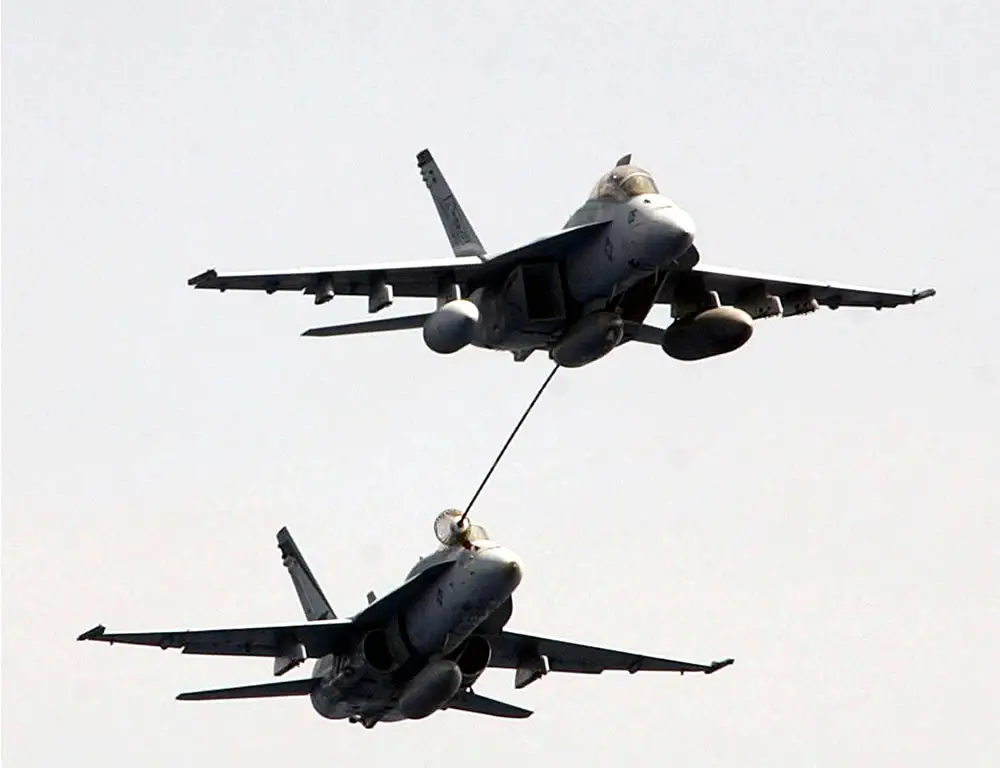DarK-LorD
BANNED

- Joined
- May 2, 2011
- Messages
- 1,753
- Reaction score
- 0
New ships to boost Navy's blue-water ambitions
Kalyan Ray, Mumbai, Aug 22, DHNS:
Even though the Indian Navy is increasingly involved with coastal security, a shipyard in southern Mumbai bears testimony to Navy's blue water ambitions, which has not been bogged down by its brown-water responsibilities.
As many as 14 ships and submarines are at various stages of construction at the Mazgaon dock here, which will be delivered to the navy before the decade ends. Contracts for three more submarines may also come to Mazgaon shipyard, which is now modernising its facilities so that the warships and submarines can be delivered on time.
Since 26/11, the navy has been brought into the coastal security network in a major way to ensure a repeat does not happen.
Some holes were plugged in the last three years but there are still many that requires the navy’s continuous intervention in the next couple of years. Overseas deployment signifying Indian Navy’s strength is one of the casualties.
This year the western deployment has been cancelled because the western naval command could not spare warships required for coastal security and anti-piracy missions.
Arrival of a string of new battleships may change the equation in the Indian Ocean.
While the first two indigenous stealth frigates, the INS Shivalik and Satpura, had been delivered to the navy, the third one INS Sahaydri will be commissioned in 2012.
Next comes a bunch of destroyers in the lines of INS Delhi. The first of the three destroyers under Project 15-A (INS Kochi) will be ready by the first half of the next year whereas the steel-cutting for the construction of four more similar ships (Project 15-B) will start around September-October, said an official of the Mazgaon Dock Ltd.
Work on six Scorpene submarines is in full swing, too. All submarines (Project 75) will be delivered between August 2015 and September 2018.
“The fabrication of the pressure hull of all the six submarines will be completed by 2012-end. The facility then could be used for three more submarines in the follow on order (Project 75-I). By early 2013 we will be ready for the future submarine project,” MDL chairman and managing director H S Malhi said here.
Under the Project 75-I that received initial approval from the defence ministry, the Centre plans to build submarines in three different shipyards including the MDL that plans to finish its modernisation by December 2011.
New ships to boost Navy's blue-water ambitions
Kalyan Ray, Mumbai, Aug 22, DHNS:
Even though the Indian Navy is increasingly involved with coastal security, a shipyard in southern Mumbai bears testimony to Navy's blue water ambitions, which has not been bogged down by its brown-water responsibilities.
As many as 14 ships and submarines are at various stages of construction at the Mazgaon dock here, which will be delivered to the navy before the decade ends. Contracts for three more submarines may also come to Mazgaon shipyard, which is now modernising its facilities so that the warships and submarines can be delivered on time.
Since 26/11, the navy has been brought into the coastal security network in a major way to ensure a repeat does not happen.
Some holes were plugged in the last three years but there are still many that requires the navy’s continuous intervention in the next couple of years. Overseas deployment signifying Indian Navy’s strength is one of the casualties.
This year the western deployment has been cancelled because the western naval command could not spare warships required for coastal security and anti-piracy missions.
Arrival of a string of new battleships may change the equation in the Indian Ocean.
While the first two indigenous stealth frigates, the INS Shivalik and Satpura, had been delivered to the navy, the third one INS Sahaydri will be commissioned in 2012.
Next comes a bunch of destroyers in the lines of INS Delhi. The first of the three destroyers under Project 15-A (INS Kochi) will be ready by the first half of the next year whereas the steel-cutting for the construction of four more similar ships (Project 15-B) will start around September-October, said an official of the Mazgaon Dock Ltd.
Work on six Scorpene submarines is in full swing, too. All submarines (Project 75) will be delivered between August 2015 and September 2018.
“The fabrication of the pressure hull of all the six submarines will be completed by 2012-end. The facility then could be used for three more submarines in the follow on order (Project 75-I). By early 2013 we will be ready for the future submarine project,” MDL chairman and managing director H S Malhi said here.
Under the Project 75-I that received initial approval from the defence ministry, the Centre plans to build submarines in three different shipyards including the MDL that plans to finish its modernisation by December 2011.
New ships to boost Navy's blue-water ambitions

















